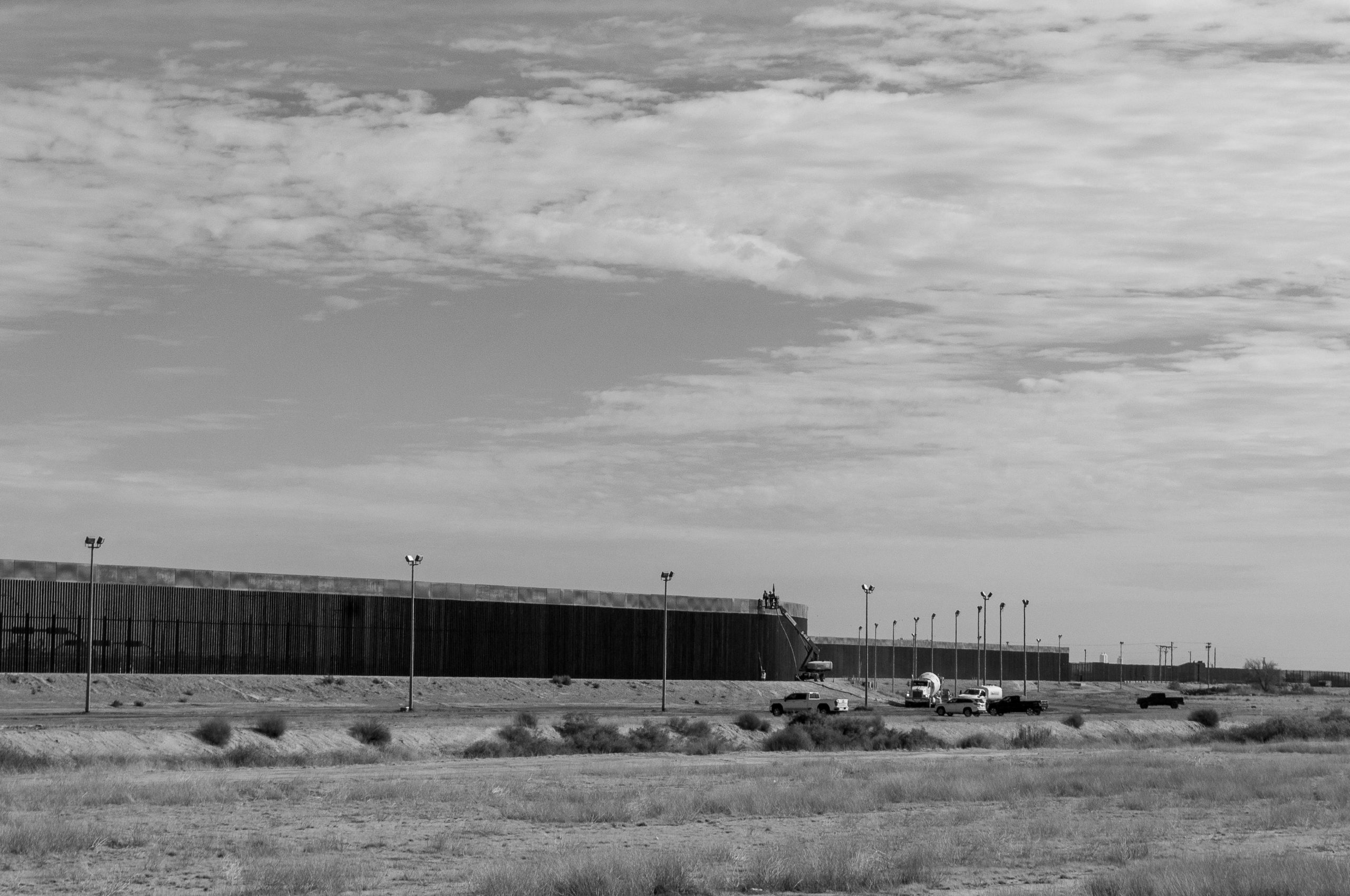
As average temperatures rise around the world, more and more people are being exposed to heat waves. From 2000-2016, the number of people exposed to extreme and unusual temperatures grew by 125 million. And while temperature doesn’t discriminate, people do. In a recent paper published in the journal Demography, a team of authors found that in India people from marginalized caste groups were more likely to be exposed to heat at work than people from dominant caste groups. They call this “thermal injustice.”
Caste is a complex social phenomenon found in many countries around the world which sorts people into social groups based on their ancestry. Researchers have long known that a person’s caste can influence many social opportunities and outcomes, such as what types of jobs they can get, how much money they can make, where they live, how long they live, and the quality of health care available to them. Now we can add risk of exposure to heat waves to the list.
The authors combined heat data from satellite imagery with data from a large survey. They focused on the heat waves that hit India during the summers of 2019 and 2022. While India is a large country with many climates, the temperature in Delhi, the national capital, reached 49°C (120°F) in May 2022. The authors found that people from more marginalized caste groups were more likely to be exposed to heat stress. This association was still present after they controlled for age, gender, education and economic status.
The likelihood of being exposed to extreme heat can depend on many social factors, including your job. If you spend your days in an air-conditioned office, for example, you will be cooler than someone who works on a construction site. But the bottom line is that while the influence of caste on India’s job market may be decreasing, most people who do physical labor outdoors come from marginalized caste groups. Thus, as heat-related public health initiatives in India are developed, caste and thermal injustice should be front and center.











